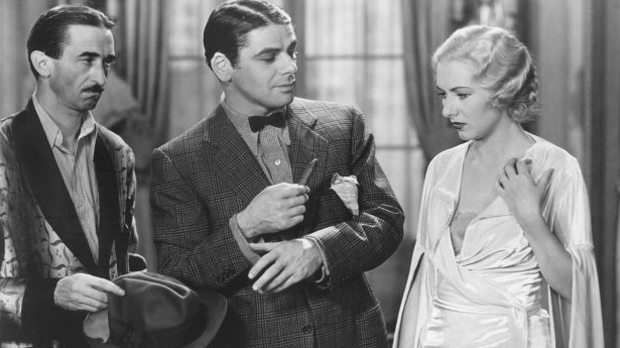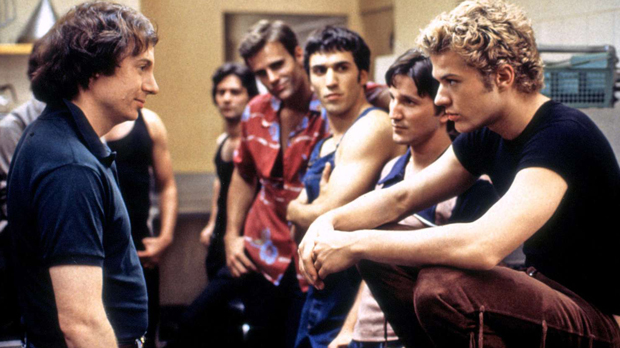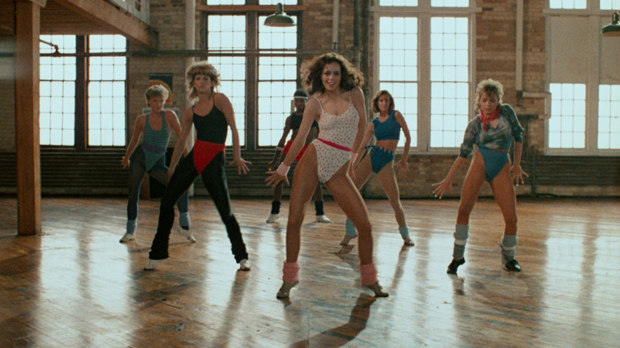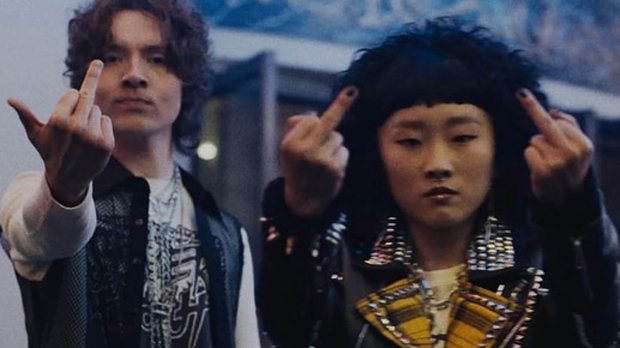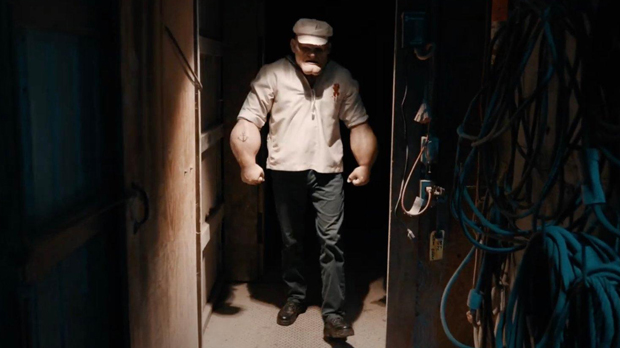 Scarface (1932) United Artists/Action-Drama RT: 92 minutes Not Rated (violence and gunplay) Director: Howard Hawks and Richard Rosson (uncredited) Screenplay: Ben Hecht Music: Adolf Tandler and Gus Arnheim (directors) Cinematography: Lee Garmes and L.W. O’Connell Release date: April 9, 1932 (US) Cast: Paul Muni, Ann Dvorak, Karen Morley, Osgood Perkins, C. Henry Gordon, George Raft, Vince Barnett, Boris Karloff, Purnell Platt, Tully Marshall, Inez Palange, Edwin Maxwell, Harry J. Vejar. Box Office: $600,000 [adjusted gross: $10.5 million] (US)
Scarface (1932) United Artists/Action-Drama RT: 92 minutes Not Rated (violence and gunplay) Director: Howard Hawks and Richard Rosson (uncredited) Screenplay: Ben Hecht Music: Adolf Tandler and Gus Arnheim (directors) Cinematography: Lee Garmes and L.W. O’Connell Release date: April 9, 1932 (US) Cast: Paul Muni, Ann Dvorak, Karen Morley, Osgood Perkins, C. Henry Gordon, George Raft, Vince Barnett, Boris Karloff, Purnell Platt, Tully Marshall, Inez Palange, Edwin Maxwell, Harry J. Vejar. Box Office: $600,000 [adjusted gross: $10.5 million] (US)
Rating: ****
I’m a huge fan of Brian De Palma’s remake of the pre-Code gangster drama Scarface. It’s in my top five gangster movies. I consider it a masterpiece of the genre. That being said, I like the original Scarface just as much. Obviously, it’s far less excessive than the remake although it was considered so in its time. It certainly had a rough time being released to theaters due to its violent content and perceived sympathy towards the main character, vicious gangster Tony Camonte (Muni, The Story of Louis Pasteur). There’s certainly a lot of shooting in this movie. It’s a gangster movie, what did you expect?
The Hays Office, precursor to the MPAA, ordered director Howard Hawks (His Girl Friday) to remove and reshoot certain scenes. They also ordered a prologue condemning gangsterism. As such, this Scarface features opening titles decrying the callous indifference of the government about gang rule in America. It reads “the purpose of this picture is to demand of the government: ‘What are you going to do about it?’ The government is your government. What are YOU going to do about it?” That’s it, turn it into a message picture. That’s one way to get around the censors.
The most obvious difference between the two versions of Scarface is the illegal businesses the criminal characters are in. In the 80s one, it’s cocaine. In the 30s one, it’s bootlegging. Set during Prohibition, it starts with the assassination of the crime boss of Chicago’s South Side by Tony’s right-hand man Rinaldo (Raft, They Drive by Night) effectively putting new boss Johnny Lovo (Perkins, Madame Du Barry) in charge of the bootlegging racket. As his chief enforcer, it’s Tony’s job to convince all the speakeasies in the area to buy their product from Lovo or else. Tony has a thirst for power that often puts him at odds with his boss who repeatedly warns him to keep his ambition in check. It isn’t long before Tony makes a power grab for the North Side and starts a gang war that has the city on edge and the police closing in on him.
In his rise to power, Tony pursues Lovo’s girlfriend Poppy (Morley, The Mask of Fu Manchu) with increasing brazenness. Initially dismissive of him, Poppy becomes interested when it looks like he’s going to take over the business from Lovo. Of course, what goes up must come down. In Tony’s case, he’s going down hard.
Muni delivers a knockout performance as Tony whose combination of ambition and viciousness is a lethal cocktail. He is clearly insane and gets increasingly worse as the story progresses. He has a violent streak a mile wide. Among other horrific acts of violence, it’s he who orchestrates the St. Valentine’s Day Massacre. It should be mentioned that Scarface is loosely based on the life of Al Capone who was also known as “Scarface”. Both men even have similar facial scars. It caused Capone enough concern that he sent a couple of guys to Hollywood to make sure the film wasn’t about him. In any event, Muni does a sublime job in the role. Raft is also great as his coin-tossing henchman with a cold stare that sends shivers up the spine. Horror legend Boris Karloff (Frankenstein) has a small role as a North Side crime boss who buys it in a bowling alley.
Looking at the original Scarface, I can see how De Palma followed it to a certain extent. He kept the subplot concerning Tony’s obsessive, overprotective relationship with his little sister Cesca (Dvorak, ‘G’ Men). The incestuous overtones are surprisingly overt for a 30s movie. The secret romance between the sister and Tony’s best friend is here also. It ends the same way too.
One big difference is the inclusion of the newspaper editor (Marshall, The Cat and the Canary) who keeps running big headlines about the gang war in Chicago. There’s also the determined cop (Gordon, Charlie Chan at the Wax Museum) who promises he’s going to be the one that finally breaks Tony’s tough-guy façade. There’s also a scene where a group of angry citizens hold a meeting with law enforcement officials demanding the laws be changed to protect them from the rising gang violence on the streets. Another idea De Palma keeps is the advertisement reading “The world is yours.” Here it’s on a billboard facing Tony’s window.
Overall, I’d say Scarface is a great movie. It’s definitely one of the best gangster movies of the 30s. Muni is right up there with actors likes James Cagney and Edward G. Robinson in terms of playing gangsters. It has a few genuinely exciting scenes like the car chase/shootout between Tony and killers with machine guns. It’s classic gangster stuff! The climactic scene is also quite thrilling.
So which Scarface do I like better? Let’s put it this way. They’re gangster movies from two different eras, so naturally you have to take historical context into account. One deals with illegal booze; the other with illegal drugs. You have to take both movies on their own terms. I like both movies very much, but grew up with the Al Pacino version. I watched it a lot as a teen. I didn’t see the original until I was in my 20s. I highly recommend fans of De Palma’s movie watch the Hawks one at least once in their lives. It’s a classic.
